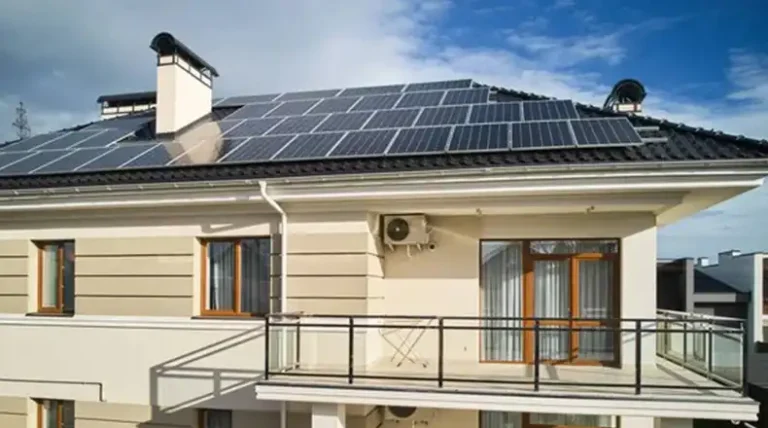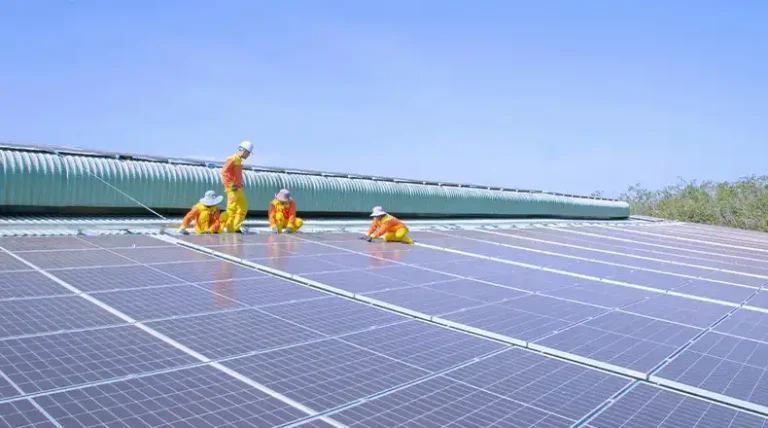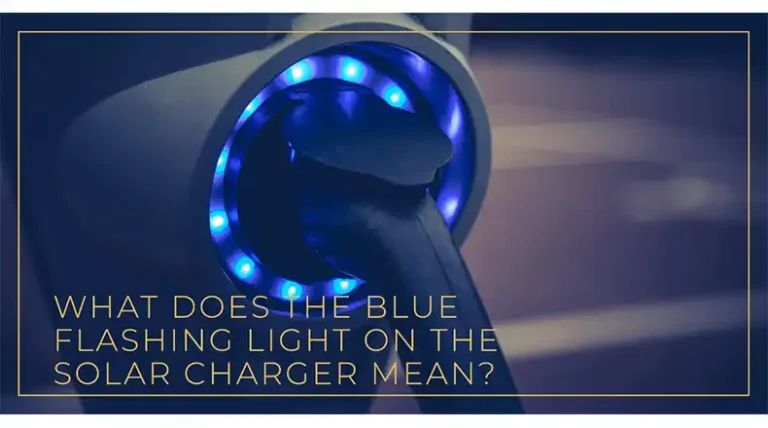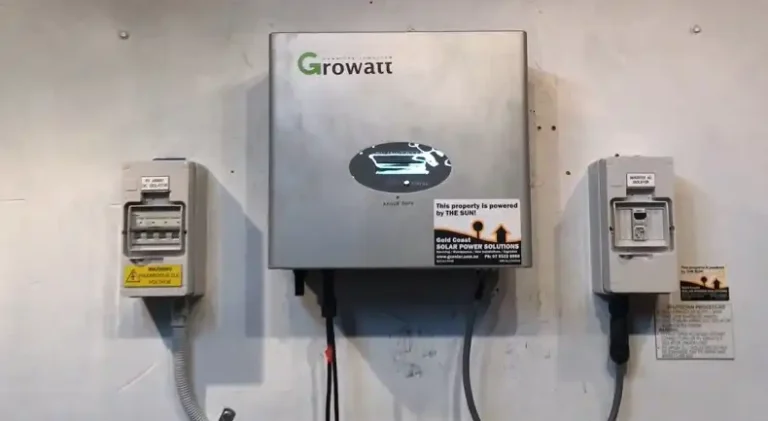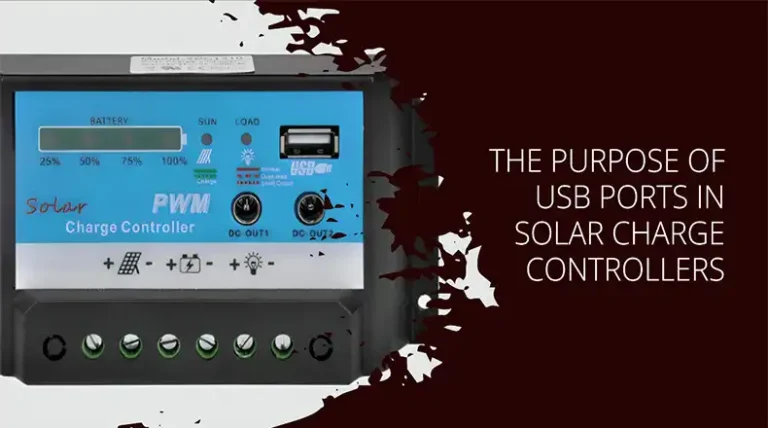Is Solar Light Allowed in Flight?
Solar-powered devices have become popular among eco-conscious travelers seeking to reduce their carbon footprint while staying connected and entertained during their journeys. In the context of air travel, the question arises: Is solar light allowed on flights?
The short answer is yes, solar light is generally permitted on most flights. However, there are specific regulations and guidelines that airlines follow to ensure the safety and comfort of all passengers.
In this article, I’ll discuss the types of solar-powered devices allowed on flights, the benefits of using solar light, and the precautions and regulations surrounding its use. Whether you’re an avid traveler, an environmentalist, or simply curious about this innovative technology, this article is just for you.
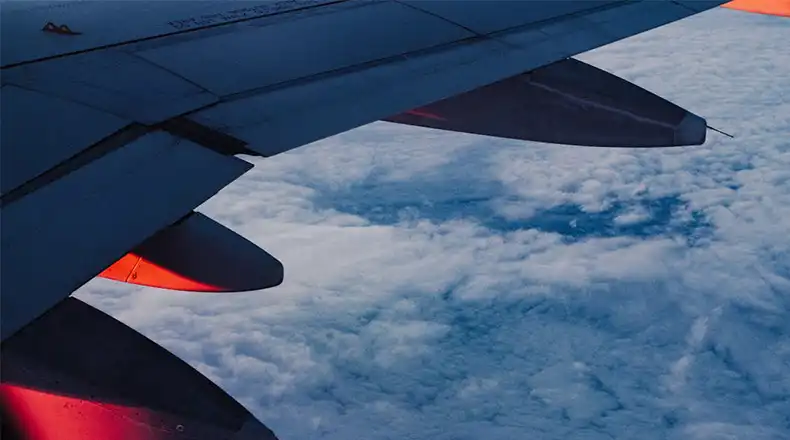
Say It with Sunlight: Is Solar Light Allowed on Flights?
As air travel becomes more prevalent and tech-savvy travelers demand constant connectivity, the question of whether solar-powered devices are permitted on flights has gained significant attention. The short answer is: yes, solar light is generally allowed on most flights, but there are a few caveats to keep in mind.
The rise of solar-powered gadgets has been a game-changer for travelers who want to stay connected and entertained during long journeys. From solar-powered phone chargers to solar-powered e-readers, these devices offer a sustainable and reliable source of power, eliminating the need to hunt for scarce power outlets or carry bulky battery packs.
Major airlines around the world have recognized the growing demand for solar-powered devices and have adapted their policies accordingly. Most carriers now allow passengers to use solar-powered devices during flights, as long as they adhere to certain guidelines and regulations.
Solar-Powered Devices Allowed on Flights
Here are some popular solar-powered devices that are generally permitted on flights:
- Solar Phone Chargers: These handy gadgets use solar panels to convert sunlight into electrical energy, allowing you to charge your smartphone or tablet on the go. Some popular options include the Anker PowerPort Solar Lite and the BSOO Solar Charger.
- Solar E-Readers: Designed for avid readers, solar-powered e-readers like the Amazon Kindle Paperwhite and the BOOX Nova3 can be charged using solar energy, ensuring you never run out of reading material during your journey.
- Solar Flashlights and Lanterns: Compact solar-powered flashlights and lanterns can be a lifesaver in emergency situations or during power outages. Popular options include the LuminAID Solar Lantern and the Eton Scorpion II.
Airline Policies and Regulations
While most airlines allow solar-powered devices on board, it’s crucial to understand and comply with their specific policies and regulations to ensure a smooth travel experience. These policies are in place to maintain safety standards and prevent any potential interference with the aircraft’s navigation and communication systems.
Federal Aviation Administration (FAA) Guidelines
In the United States, the Federal Aviation Administration (FAA) has set guidelines for the use of portable electronic devices (PEDs) on aircraft. These guidelines apply to all solar-powered devices as well. According to the FAA, passengers are allowed to use solar-powered devices in airplane mode or with cellular services disabled during all phases of flight. Additionally, with airline approval, passengers may also carry up to two spare larger lithium-ion batteries and they should not exceed 100 Watt-hour.
However, the FAA prohibits the use of devices that could potentially interfere with the aircraft’s navigation or communication systems. This includes devices with intentional transmitters, such as remote-controlled toys and some wireless computer peripherals.
International Air Transport Association (IATA) Regulations
The International Air Transport Association (IATA), which represents the majority of the world’s airlines, has also established regulations for the use of PEDs on flights. IATA’s regulations are generally in line with the FAA guidelines, allowing the use of solar-powered devices in airplane mode during all phases of flight.
IATA also advises airlines to provide clear instructions to passengers regarding the use of PEDs and to ensure that these devices do not interfere with the aircraft’s systems.
Transportation Security Administration (TSA) Policies
The Transportation Security Administration (TSA) has specific guidelines regarding batteries and battery-powered devices on flights. Dry cell alkaline batteries (AA, AAA, C, D, and 9-volt) and consumer-sized lithium-ion batteries containing up to 100 watt-hours (Wh) of equivalent lithium per battery are allowed in carry-on bags. Lithium batteries with more than 100 Wh can only be carried in carry-on bags, and passengers can bring up to two larger lithium-ion batteries in their carry-on.
Airline-Specific Policies
In addition to the FAA and IATA regulations, individual airlines may have their own specific policies regarding the use of solar-powered devices on board. These policies can vary depending on the airline and may include restrictions on the type, size, or capacity of the devices allowed.
For example, some airlines may prohibit the use of solar-powered devices with lithium-ion batteries above a certain capacity due to potential fire hazards. Others may require that these devices be stowed away during takeoff and landing or that they be used only in designated areas of the aircraft.
It’s essential to review your airline’s policies and guidelines before your flight to ensure compliance and avoid any potential issues or fines.
Bonus Tips for Using Solar-Powered Devices on Flights
To ensure a smooth and hassle-free experience when using solar-powered devices on flights, consider the following tips:
- Check Airline Policies: Before your flight, review your airline’s policies regarding the use of solar-powered devices and any specific restrictions or guidelines.
- Charge Devices Beforehand: To maximize the battery life of your solar-powered devices, ensure they are fully charged before your flight.
- Use Airplane Mode: Enable airplane mode or disable cellular services on your devices to comply with airline regulations and prevent potential interference with aircraft systems.
- Follow Crew Instructions: Always follow the instructions of the flight crew regarding the use of electronic devices during different phases of the flight.
- Be Considerate: Position your solar-powered device in a way that does not obstruct or disturb other passengers, and be mindful of any reflections or glare that may be caused by the solar panels.
By adhering to airline policies and regulations, as well as following common-sense practices, you can enjoy the benefits of solar-powered devices during your air travel while maintaining safety and respecting the comfort of fellow passengers.
Conclusion
Solar light is indeed allowed on most flights, making it a convenient and sustainable option for powering your devices during air travel. With airlines recognizing the growing demand for solar-powered gadgets, travelers can now enjoy the freedom of staying connected and entertained without worrying about running out of battery. If you have any further questions or need clarification on using solar-powered devices during your upcoming flight, don’t hesitate to leave a comment below. Happy travels, and may the sun shine brightly on your solar-powered adventures!
FAQs
What Are Solar-Powered Devices?
Solar-powered devices are electronic gadgets that harness the energy from sunlight to generate electricity, allowing them to operate without relying on traditional power sources like batteries or power outlets.
Can I Bring Solar Chargers on Flights?
Yes, you can bring a solar charger on a plane, but if it has a battery, it should be in your carry-on bag and shouldn’t have more than 100 Wh in power. The Transport Security Administration (TSA) has approved voltaic solar chargers and batteries for domestic and international flights. You can’t pack chargers in checked luggage because battery components can cause fires in the wrong conditions.
Can I Use My Solar-Powered Phone Charger During Takeoff and Landing?
Most airlines require all electronic devices, including solar-powered ones, to be turned off during takeoff and landing. However, you can typically use your solar-powered phone charger during the cruise phase of the flight.
Are There Any Restrictions on the Size or Type of Solar-Powered Devices Allowed on Flights?
While most airlines permit solar-powered devices, some may have restrictions on the size or type of devices allowed. It’s always best to check with your airline’s specific policies before your flight.
How Can I Ensure My Solar-Powered Device Stays Charged During a Flight?
To maximize the efficiency of your solar-powered device during a flight, try to secure a window seat and position the device near the window, with the solar panel facing the sun. Additionally, consider fully charging the device before your flight and enabling power-saving modes.
Are Solar-Powered Devices More Eco-Friendly Than Traditional Devices?
Yes, solar-powered devices are generally more eco-friendly than traditional devices that rely on disposable batteries or constant charging from power outlets. By harnessing renewable energy from the sun, solar-powered devices help reduce your carbon footprint and promote sustainable travel practices.

